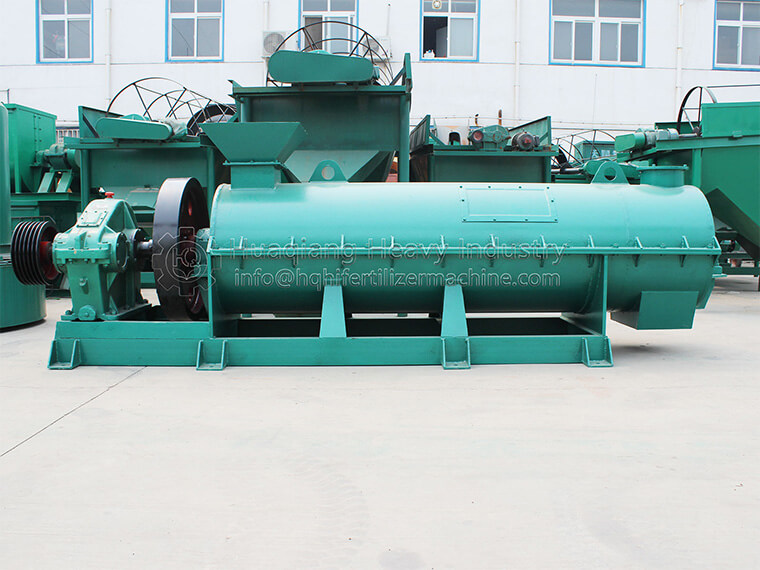The organic matter rich in bio organic fertilizer produced from pig manure can improve soil physical properties, increase soil particle structure, thereby making soil loose, reducing soil compaction, and promoting water and fertilizer retention, ventilation, and root development, providing a comfortable growth environment for crops,
The pig manure organic fertilizer processing equipment mainly includes fermentation tanks, stirring devices, aging devices, fertilizer granulators, etc. These devices, through clever design and careful manufacturing, can convert pig manure into high-quality organic fertilizers. The granulator is one of the key equipment, which makes the fermented material into granules for convenient storage, transportation, and use.
Advantages of Organic Fertilizer Granulator
1. Improve fertilizer utilization efficiency: The granular fertilizer produced by organic fertilizer granulators has good solubility and adsorption, which is beneficial for crop root absorption and improves fertilizer utilization efficiency.
2. Improving soil structure: Organic fertilizers contain a large amount of organic matter, which can improve soil structure, increase soil porosity, and enhance soil water and fertilizer retention capacity.
3. Promoting crop growth: Organic fertilizers contain rich nutrients and can provide various elements needed for crop growth, promoting crop growth.
4. Reduce environmental pollution: Organic fertilizer granulators can convert agricultural waste into organic fertilizers, reducing the pollution of waste to the environment.
5. Save transportation and storage costs: Granular organic fertilizers have a higher density, making them easier to transport and store, thus saving costs.
In addition, the organic fertilizer processing production line also includes ingredient crushing and mixing system, granulation and forming system, screening and recycling system, particle drying system, and finished product packaging system. These systems collectively ensure the production efficiency and product quality of organic fertilizers.

.jpg)
.jpg)
.jpg)

.jpg)
.jpg)

.jpg)